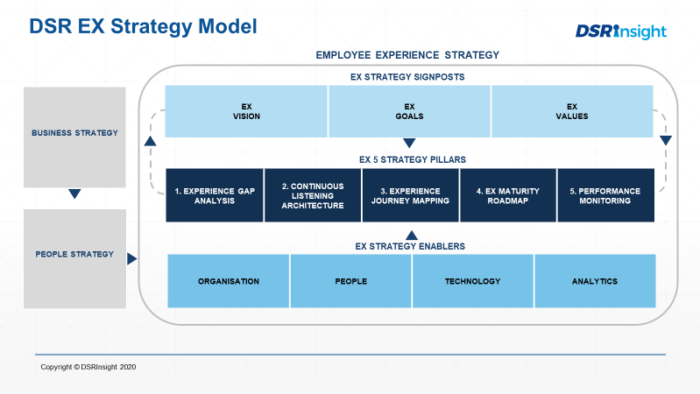It is time to reset your employee experience strategy
By Stephen Choo, Managing Director, Digital Survey Research Insight (DSRInsight), a management consulting company that helps organisations across Asia-Pacific to strategise, design and deliver employee experience programmes.

In such extraordinary times like the COVID-19 pandemic, it is important that business and HR leaders press “Control-Alt-Delete” on their employee experience strategy. Never before have our employees’ lives been so dramatically impacted so quickly.
Suddenly affected by new work-from-home (WFH) arrangements, lockdowns and economic downturn, employers have had to immediately adjust to a new normal. Our challenge now, is to rewire and re-learn how we attract, develop, engage and retain our talent.
Here is the latest COVID-19 WFH and returning to workplace (RTW) research by Perceptyx as an illustrative example. This study has fundamentally refuted a common finding in past employee engagement studies – younger employees (under 26 years old) were the most engaged age group at work. Quite the opposite, these most digitally savvy employees were surprisingly found to feel the least productive and supported working from home.
From a functional perspective, CHROs are now taking centre-stage in this health pandemic and gaining the much needed visibility at the C-suite and board levels. Now more than ever, employee experience is important to ensure employees are feeling connected, engaged, supported and productive.
Companies are able to access numerous WFH and RTW pulse from several survey software firms for free such as Qualtrics, Culture Amp and SurveyMonkey. These “out-of-the-box” pulse surveys enable employers a “quick-and-easy” way during this difficult time to listen to their ongoing employees’ feelings, concerns and feedback.
Moving ahead, CHROs need to think more strategically about how to continue this great momentum of continuous listening at critical moments that matter to employees.
As companies are recovering from this crisis, it is time for leaders to design a new business model to compete in the next normal. This paradigm shift calls for a new employee experience strategy that will be highly agile in responding to employees’ sentiment in this rapidly changing environment.
DSR EX Strategy Model
We use our employee experience (EX) Strategy Model to help clients develop their EX strategy that is guided by their people and business strategies. This model starts with the EX team articulating clearly the three key elements of the EX Strategy Signposts – vision, goals and values.
Following which, they begin to design the organisation’s EX strategy with the help of the EX 5 Strategy Pillars. A process of iteration is expected between these 2 stages to ensure the EX strategy stays dynamic and agile in this changing environment.
Finally, the successful execution of the EX strategy is dependent on the organisation’s ability to exploit its EX Strategy Enablers.

Our clients have found the following strategic questions useful in shaping their thinking when designing their new employee experience strategy:
Business Strategy – What are the strategic business imperatives that will drive organisational success and change?
People Strategy – How will the organisation inspire, engage and manage a workforce that will execute the business strategy?
EX Strategy Signposts: Compass in providing guidance through the changing environment.
- EX vision – What does the organisation aspire for EX to look like in the future?
- EX goals – What are the targets or metrics that will determine EX continuing success?
- EX value – How will positive EX lead to superior CX and competitive advantage?
EX Strategy Pillars: Building blocks in developing a robust and agile EX strategy.
- Experience gap analysis – What must we do to increase our employees’ positive experience at certain critical points to close our experience gap?
- Continuing listening architecture – How do we effectively connect our different feedback channels to give us a holistic understanding of overall employee experience?
- Experience journey mapping – How well do we understand our employees’ pain points as they go through this change?
- EX maturity roadmap – What feedback programmes do we need in successive years to ensure continuity of our employee experience strategy?
- Performance monitoring – How do we assess the successful implementation of closing our experience gap?
EX Strategy Enablers: Architecture to execute the EX strategy more effectively.
- Organisation – Do we have the mindset and beliefs to fully ingrain EX across the organisation?
- People – Do we have the know-how and skills to establish EX as a discipline?
- Technology – Do we have a platform that enables agile data-collection, analytics & reporting?
- Analytics – Do we have the ability to get predictive with advanced data science?



